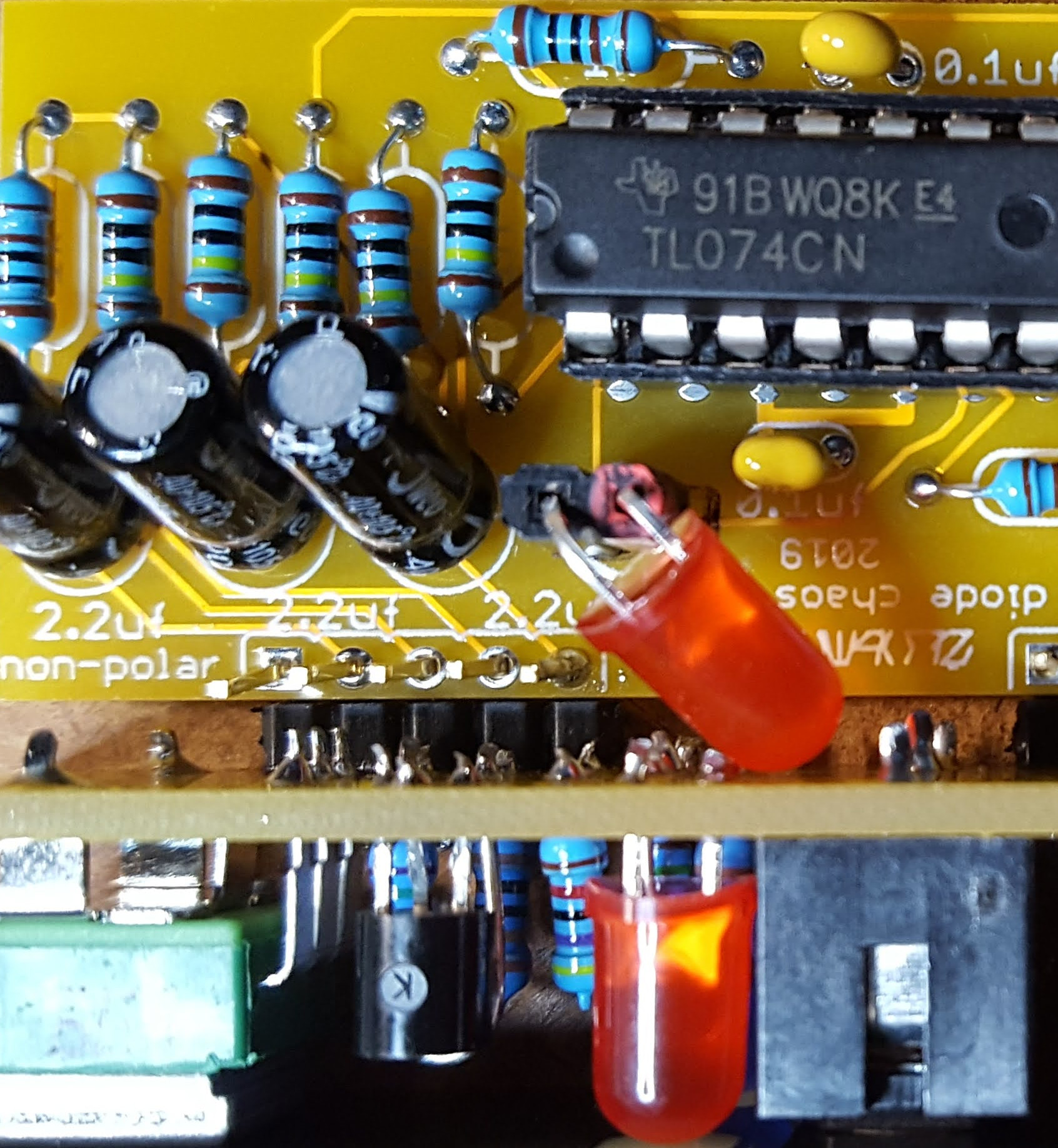- 3 Posts
- 7 Comments

 2·1 year ago
2·1 year agoI tested this on my Behringer 2600 and got similar behaviour, so I suspect it’s a quirk if the hardware, (one that is possibly not emulated by the Arturia VST). One way around it seems to be to patch a gate into the ADSR gate input instead of using the manual trigger button - try patching the internal sample and hold clock into the ADSR gate input, and the envelope stays flat until you raise some of the sliders.
I wonder if it happens when you trigger via MIDI ? (I didn’t test) Patching the KBD gate or trigger from the left hand side into the ADSR would be an option to try too.

 2·1 year ago
2·1 year agoFor me it’s more nostalgia, since I remember playing the game as a kid and the music was bold and iconic (and part Moonlight Sonata). It’s funny though, in my memory it sounded more complex, not just a single square-wave tone. I wonder if there was an AdLib/AWE32/SoundBlaster version that played on my PC.

 1·1 year ago
1·1 year agoSTRAFE is one I enjoy. Sort of a Quake style aesthetic and gameplay, as a roguelite.

 1·1 year ago
1·1 year agoThe Modal CraftSynth 2 is in this category. I have one and I’d say I like it (but maybe not love it) - great for a class of digital wavetable sound no analog synth can match (but also does decent analog-ish subtractive synthesis). The SH101-style sequencer in the CraftSynth2 is a bit different to the usual, but in a fun way - works quite well for acid IMO.
The Korg NTS-1 is handy as long you are sequencing / playing it via an external controller - the ribbon keyboard on it isn’t useful. It’s versatile since it also makes a good effects unit (which is how I use it almost exclusively). There are a bunch of free and paid ‘plugins’ you can load onto it to expand the sound palette too, and even write your own using the open SDK if you are so inclined.
Deeper into DIY, Shruthi, Anushri, TSynth and (sadly unobtainium) Plinky probably fit on this list.

 1·1 year ago
1·1 year agoI played this one a number of years back and enjoyed it: Christminster - a sort of ‘whodunnit’ set in an old University college.

 2·1 year ago
2·1 year agoMario Kart 8 on WiiU on the couch !


A little more experimentation and I’ve found the ADSR envelope stays almost flat with all sliders down if it’s triggered via a 5V gate to the Gate input. There is still the tiniest bump when triggered this way, but nothing close to the effect of the manual gate button. Triggering via MIDI seems to behave more like pressing the manual gate button.
The other interesting thing I discovered is that the LFO ‘leaks’ into the VCO1 FM mod, even with the vibrato depth and LFO FM mod on VCO1 all the way down. The solution is to plug a dummy patch cable into the “Ext Vib In” input. This seems to break the normalling of the LFO in the right place to prevent this leakage (plugging a dummy cable into LFO FM mod on VCO1 didn’t work, which must say something about the signal path the LFO is taking to leak into the VCO1 freq modulation).
One thing I’ve noticed about the 2600 (and I doubt this is unique to the BARP clone) is there are a lot of signal paths that aren’t buffered or isolated like you might expect in a heavily engineered Eurorack module or modern semi-modular. Sometimes it provides interesting character, other times it shows the compromises of it’s age and feels a bit broken by modern expectations.